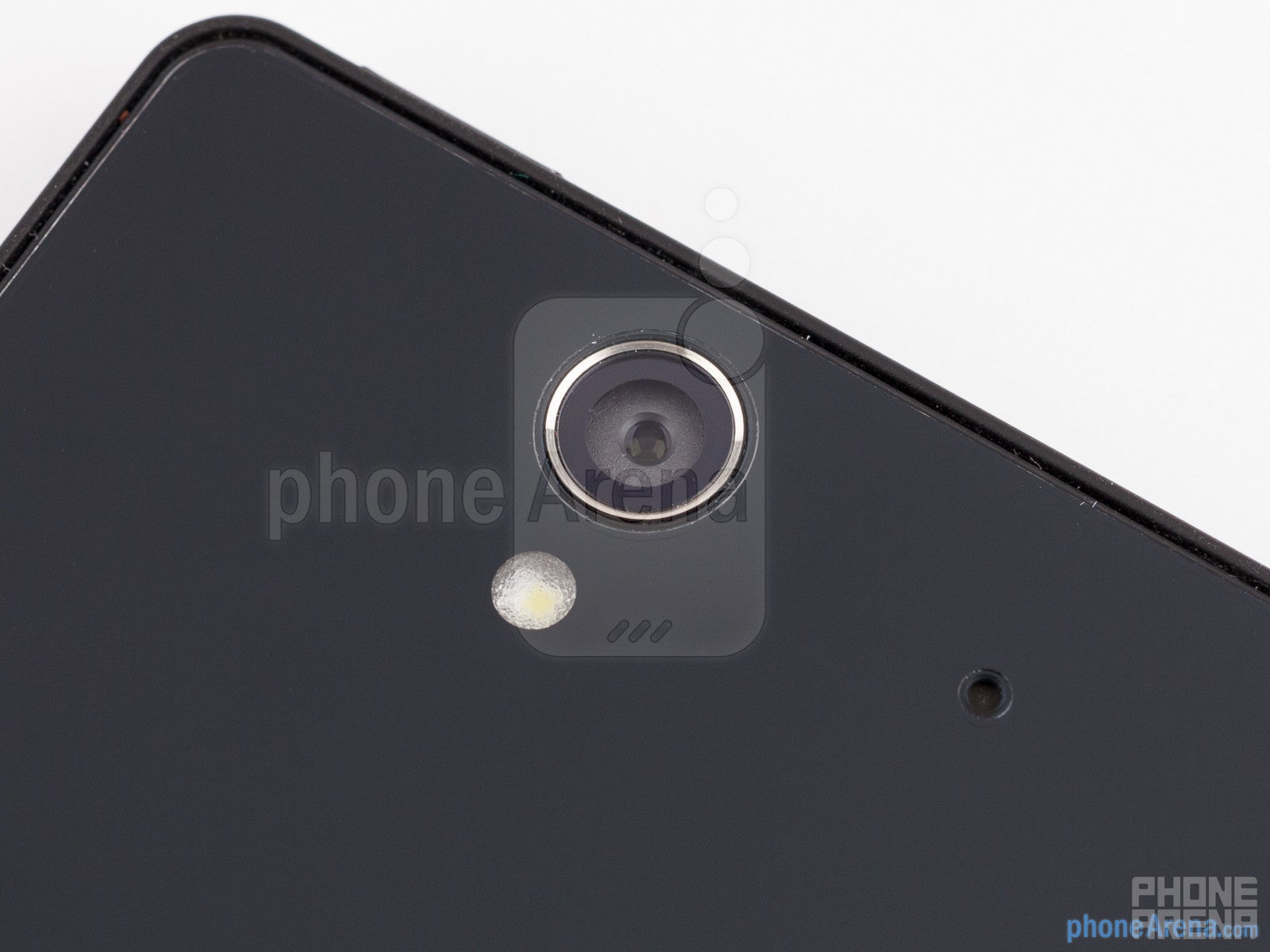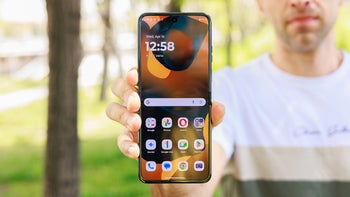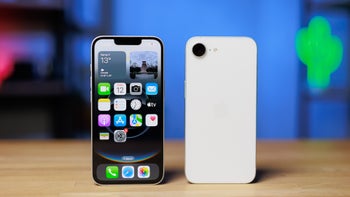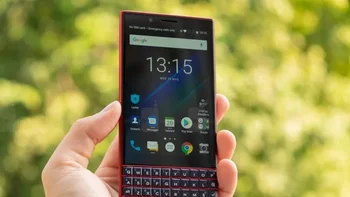Camera comparison: Sony Xperia Z vs Samsung Galaxy S III, Galaxy Note II, iPhone 5, Nokia Lumia 920

You can now read:
- LG G2 vs Samsung Galaxy S4 vs iPhone 5 vs HTC One Camera comparison
- iPhone 5s vs LG G2 vs Samsung Galaxy Note 3 vs Galaxy S4 vs HTC One vs Motorola Moto X vs DROID Ultra Camera comparison
- Google Nexus 5 vs iPhone 5s vs Sony Xperia Z1 vs Samsung Galaxy Note 3 vs Galaxy S4 vs LG G2 vs Nokia Lumia 1020 vs HTC One Camera comparison
Ladies and gents, it is time for another camera comparison between the top smartphones in existence. And without a doubt, all eyes are on the Sony Xperia Z, which is equipped with the company's new Exmor RS camera sensor. With 13 million pixels and perks like HDR video mode, Sony's top-of-the-line handset should be a great performer, but will it manage to beat the fierce competition?
For the purposes of this testing, all smartphones are set to their maximum resolutions for both images and video. We have to let them show their best after all. Also, we have not altered their settings for any of the test scenes. All smartphones are shooting in automatic mode. Shall we begin?
With its 13MP camera, the Sony Xperia Z can capture photos at higher resolution than what the other competitors are capable of. However, despite that advantage, the details in its photos are smudged and a weird purple tint is present around edges. The Nokia Lumia 920 produces equally disappointing results as the details in its photos are too soft for our taste. The Samsung Galaxy S III and Samsung Galaxy Note 2 produce noticeably sharper, more detailed images, but the iPhone 5 captures even better photos, although it leads only by a hair.
Yeah, some digital noise is indeed present in the iPhone 5's photos, which isn't surprising considering the far-from-ideal lighting conditions. As a matter of fact, it was pretty gloomy when we took our outdoor sample shots. But the noise level is tolerable, just as it is on the images taken with the Galaxy S III and Note II. The Nokia Lumia 920 and Sony Xperia Z suppress noise through software algorithms, but the downside to it are the aforementioned muddy details seen in their photos.
1. iPhone 5
2. Samsung Galaxy S3 and Note 2
3. Nokia Lumia 920 and Sony Xperia Z
Color reproduction
Capturing true-to-life colors is a challenge for every smartphone's camera, but the Samsung Galaxy S III and Galaxy Note II appear to handle the task pretty well. The colors in their photos look quite like they do to the photographer's naked eye. The Sony Xperia Z produces images that are nearly as accurate, although colors occasionally lean towards the cooler or warmer side, depending on the lighting conditions. Also, the same strange purple tint we mentioned earlier is present in certain areas of the image. The iPhone 5 and Nokia Lumia 920 boost the colors' saturation, which might be eye-catching, but it isn't what we'd call natural.
2. iPhone 5
3. Sony Xperia Z
4. Nokia Lumia 920
Indoor shots
Another difficult task for every smartphone camera is to take decent indoor photos. That's because light is often scarce, which could lead to grainy, blurry images.
Out of the five smartphones we're comparing today, the iPhone 5, Samsung Galaxy S III and Galaxy Note II perform best when there's enough light to work with. The Sony Xperia Z can take good indoor photos as well, but they are slightly noisier and the exposure level isn't always accurate if you have its settings in automatic mode. As for the Nokia Lumia 920, its indoor shots are accurate, but colors are way off.
When the light is dim, however, the Sony Xperia Z preforms pretty well. In other words, it delivers the least terrible results - with accurate enough colors and the scene well-lit by its flash. The Nokia Lumia 920 also manages to capture very detailed images in low-light conditions. The Galaxy S III and Note II, on the other hand, have a really hard time balancing colors, while the iPhone 5's photos turn out very noisy.
Night shots
To no surprise, none of the smartphones we're comparing can take pretty photos at night. Yeah, they are usable, but nothing worthy of being printed and put in a frame, especially with all that digital noise present in all of them.
Still, some of the photos look slightly better than the rest. The Samsung Galaxy S III, Galaxy Note II, and iPhone 5 managed to produce the best night photos, with colors and overall tone closest to the real world. The Sony Xperia Z's night photos would have looked nice as well if they were a little better exposed. The Nokia Lumia 920, which is usually a decent low-light performer, simply couldn't get the colors right at night, although we must agree that its photos have lots of details in certain areas.
2. Sony Xperia Z, Nokia Lumia 920
Macro
Pretty much all high-end smartphones out there are capable of taking great close-up photographs. Some macro shots, however, are more detailed than the rest. The Samsung Galaxy Note II and Galaxy S III, in our opinion, both excel in this category as their macro photos are full of fine details. The iPhone 5's close-ups look really good as well. The Nokia Lumia 920 and Sony Xperia Z, however, have a tendency of smudging fine details, which defies the purpose of taking photos from up close. Their macro photographs are okay, of course, yet just can't beat the results produced by the other three devices.
1. Samsung Galaxy Note II and Galaxy S III
2. iPhone 5
3. Nokia Lumia 920 and Xperia Z
Video
Well, we can't really pick a clear winner among the five smartphones we're testing today since all of them are pretty good at capturing 1080p video. Still, if we really had to choose, we'd go with the Samsung Galaxy Note II or Galaxy S III since they both capture video that is full to the brim with fine details. The iPhone 5 and Nokia Lumia 920 capture excellent 1080p footage as well, but the former introduces quite a lot of digital noise when the lights get dim, while the latter boosts colors' intensity, thus making them look less natural. As for the Sony Xperia Z, we're left wishing its video was as detailed as that of the competition.
We must mention that the Sony Xperia Z offers the so-called HDR video recording mode, which should theoretically boost the footage's dynamics range. And as our video samples show, HDR video taken at night is brighter than the non-HDR video. However, the additional digital noise introduced by the HDR mode is quite annoying, so we'd advise you to use the perk with caution, depending on whether the situation requires it.

Samsung Galaxy S III Sample Video:

Samsung Galaxy Note II Sample Video:

Apple iPhone 5 Sample Video:

Nokia Lumia 920 Sample Video:

Canon PowerShot SD780 IS Sample Video:

Sony Xperia Z Night Sample Video:

Samsung Galaxy S III Night Sample Video:

Samsung Galaxy Note II Night Sample Video:

Apple iPhone 5 Night Sample Video:

Nokia Lumia 920 Night Sample Video:

Canon PowerShot SD780 IS Night Sample Video:

Sony Xperia Z Sample Indoor Video:

Samsung Galaxy S III Indoor Sample Video:

Samsung Galaxy Note II Indoor Sample Video:

Apple iPhone 5 Indoor Sample Video:

Nokia Lumia 920 Indoor Sample Video:

Canon PowerShot SD780 IS Indoor Sample Video:

User interface and ease of use
A smartphone's camera needs to be easily accessible and straightforward to use. Thankfully, these characterisitcs are valid for all of the devices we're comparing today. The iPhone 5, Samsung Galaxy S III, Galaxy Note II, and Sony Xperia Z provide access to the camera via lock sreen shortcuts, while the Nokia Lumia 920 has a dedicated camera button, which can launch the camera app when held down.
The Samsung Galaxy S III, Galaxy Note II, and Sony Xperia Z, on the other hand, allow the user to adjust a broader range of camera settings, which is great for power users, although the average consumer probably won't ever need to adjust most of them. Overall, we're more than happy with the usability of the camera UIs on these three smartphones.
Conclusion

Well, we're sorry to say it, but the Sony Xperia Z just isn't the next top shooter on the smartphone arena, regardless of how much its Exmor RS camera is being touted. On many occasions, the quality of images taken with the high-end Galaxies or the iPhone 5 was better, despite the lower pixel count.
Software versions of the smartphones used in the comparison:
Sony Xperia Z: Android 4.1.2, Build 10.1.A.1.350
Nokia Lumia 920: Windows Phone 8, Build 8.0.9903.10
Samsung Galaxy Note II: Android 4.1.1, Build JRO03C.N7100XXALIE
Samsung Galaxy S III: Android 4.1.2, Build JZO54K.I9300XXELLA
iPhone 5: iOS 6.0.2 (10A551)
Sony Xperia Z: Android 4.1.2, Build 10.1.A.1.350
Nokia Lumia 920: Windows Phone 8, Build 8.0.9903.10
Samsung Galaxy Note II: Android 4.1.1, Build JRO03C.N7100XXALIE
Samsung Galaxy S III: Android 4.1.2, Build JZO54K.I9300XXELLA
iPhone 5: iOS 6.0.2 (10A551)
You can now read:
- LG G2 vs Samsung Galaxy S4 vs iPhone 5 vs HTC One Camera comparison
- iPhone 5s vs LG G2 vs Samsung Galaxy Note 3 vs Galaxy S4 vs HTC One vs Motorola Moto X vs DROID Ultra Camera comparison
- Google Nexus 5 vs iPhone 5s vs Sony Xperia Z1 vs Samsung Galaxy Note 3 vs Galaxy S4 vs LG G2 vs Nokia Lumia 1020 vs HTC One Camera comparison
Follow us on Google News










Things that are NOT allowed:
To help keep our community safe and free from spam, we apply temporary limits to newly created accounts: